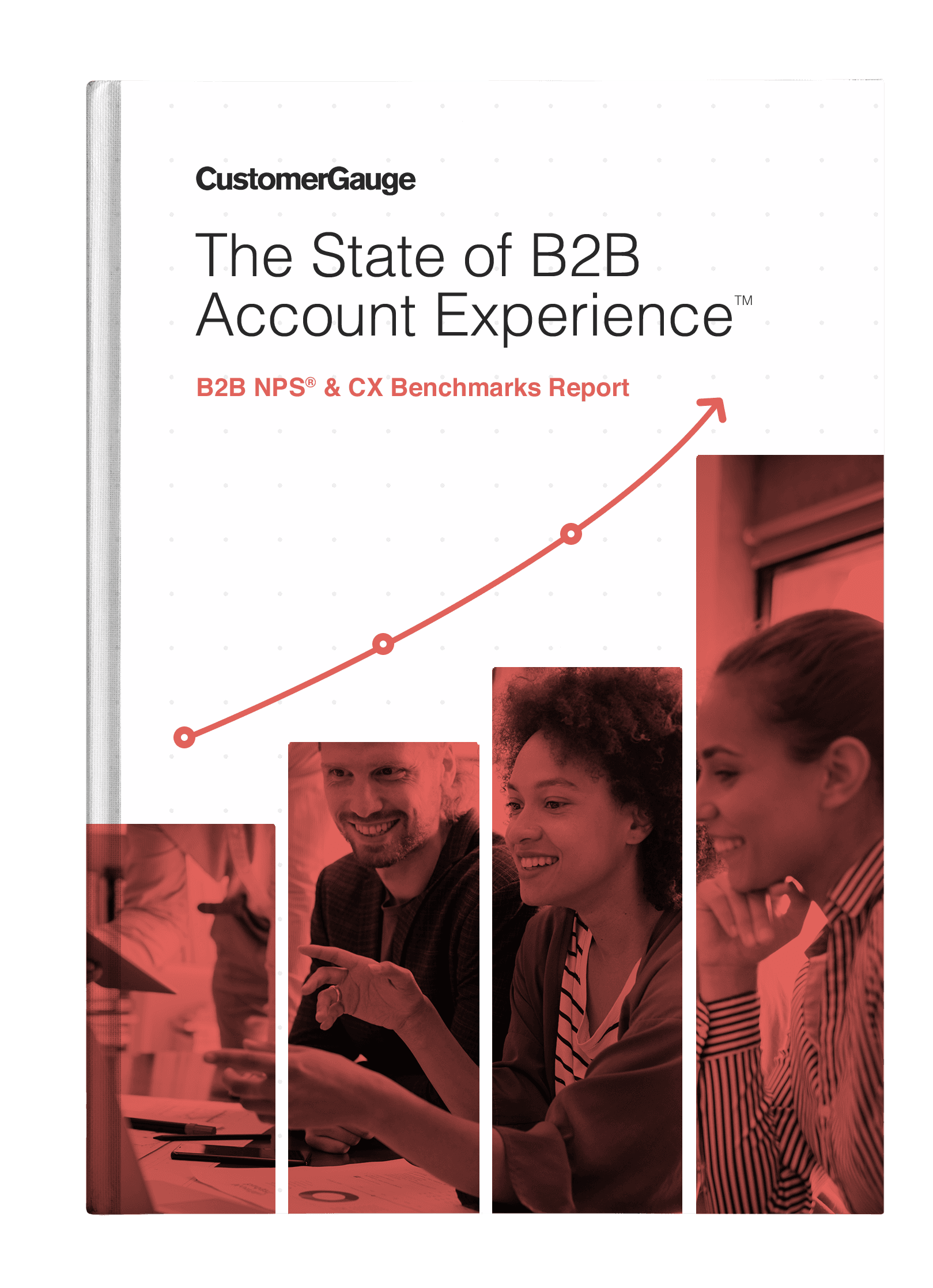[Interview w. Micro Focus] How the Seventh Largest Software Company Utilises NPS
by Ian Luck

On September 1, 2017, a merger was completed between Micro Focus and Hewlett Packard Enterprise Software. The combined company became the seventh largest pure-play software company, and the UK's largest technology firm listed on the London Stock Exchange. Having such an impressive business ranking means Micro Focus knows how to retain and satisfy its customers. The company relies on the Net Promoter System® (NPS®) as the primary way to measure customer loyalty within Micro Focus. NPS was introduced by Meg Whitman, CEO of HPE, who brought the system with her from her time as President and CEO of eBay. Since then, NPS has become a ubiquitous metric throughout Hewlett Packard Enterprise, which later became Micro Focus. The result? Micro Focus has successfully moved NPS beyond just a metric, by correlating it to future revenue.
Here’s what you can learn from Micro Focus’ NPS program:
Survey frequency and setting clear targets for your NPS program cannot be overstated
“Ultimately, our goal at Micro Focus is to increase NPS, and subsequently better deliver on our promise to place the customer at the centre of what we do.” - Dr. James D. Borderick, Master Strategist, Micro Focus.
Elevating a company’s NPS score requires using best practices on survey frequency and clear NPS program targets. Micro Focus surveys customers on a quarterly and biannual basis. As such, the company asks customers to answer the main NPS question: “How likely would you be to recommend Micro Focus to your colleagues?"
This is followed up with two verbatim questions:
- Why?
- What would you Improve
Micro Focus keeps surveys short and simple to improve verbatim feedback and customer happiness. Results from our NPS Benchmarks Survey 2016 confirmed that 50% of NPS Leaders said that up to 3 questions is their favoured option for surveys. 13% of NPS Laggards, on the other hand, ask up to ask upwards of 26 questions! Apart from the issue of using up customers time, these companies risk losing significant responses for each additional question. We have found that every extra question drives down the response rate by 5-15
Micro Focus does not focus too much on the numerical value of their NPS but rather the relative NPS compared with their competitors. What really matters to Micro Focus, however, is the actionable insight that they learn from their customers and the customer of their competitors. Micro Focus’ NPS goal is to always listen to their customers who have provided responses to the verbatim questions “Why?” and “What should be improved?” The company has found that customers that take the time to respond, care (generally longer responses imply that they care more). To Micro Focus, anyone who provides many suggestions is a potential promoter, regardless of their present status.
“We always wish to ensure constant feedback loops between customers and those stakeholders involved in product development, marketing, product management, and sales.” - Dr. James D. Borderick, Master Strategist, Micro Focus
Linking NPS and revenue makes people sit up straight
At CustomerGauge, we have found that another key reason why NPS programs fail is because the C-suite is not convinced that NPS is connected to revenue. Micro Focus are among the few companies we have seen that make a link between NPS and business revenue. According to our NPS Benchmarks studies (Report 1 and Report 2), only 33% of respondents linked NPS to revenue.
NPS has always been top-of-mind at Micro Focus. The company’s NPS team highlights to top management the areas that will increase Micro Focus NPS, and what effect that would have on their revenue. Examples of how Micro Focus puts NPS into action include influencing marketing plans and strategy, and even product roadmaps and direction.
“I find that linking NPS and revenue makes people sit up straight, and moves the conversation from “just a metric,” to strategic responses and actions. I can say that, like CustomerGauge, I am an advocate of correlating Net Promoter with revenue, and have solidified and refined this methodology.”- Dr. James D. Borderick, Master Strategist, Micro Focus
Talking to Passives
According to Micro Focus, passives are the category that are most likely to leave you in a B2B setting, and represent around 40% of your customers. Companies with a mature and robust Net Promoter System pay much attention to their detractors, and as such work on turning them into promoters with time. Equally, promoters are engaged, and leveraged, to refer your brand through referral marketing, coupon campaigns etc. Passives however are just as critical to the success of your NPS campaign and your company. Because passives are not included in the NPS formula, they can be easily overlooked. They will leave you silently if you do not treat them with the same level of care responsibility as you would a detractor.
P.S. You’re Invited to Monetize! 2018
This spring, join the retention revolution for Monetize! 2018. Set in the backdrop of Boston’s Back Bay, this two-day conference (May 10-11) brings together Net Promoter® professionals, CX experts and customer-centric companies looking to turn their customer experience programs into revenue-generating assets.
Monetize! 2018 brings together CustomerGauge customers, Fortune 1000 leaders in the CX industry, and Net Promoter® experts around a centralized Monetized Net Promoter theme for brands that embrace the economics of Net Promoter Score® and customer experience.
Blog Home









